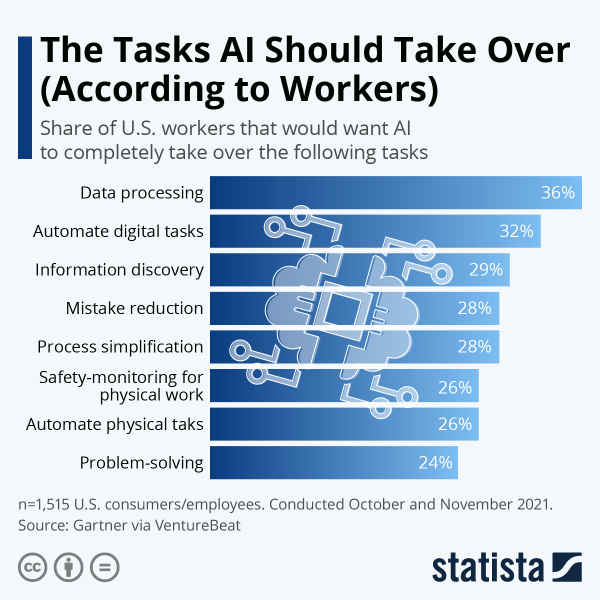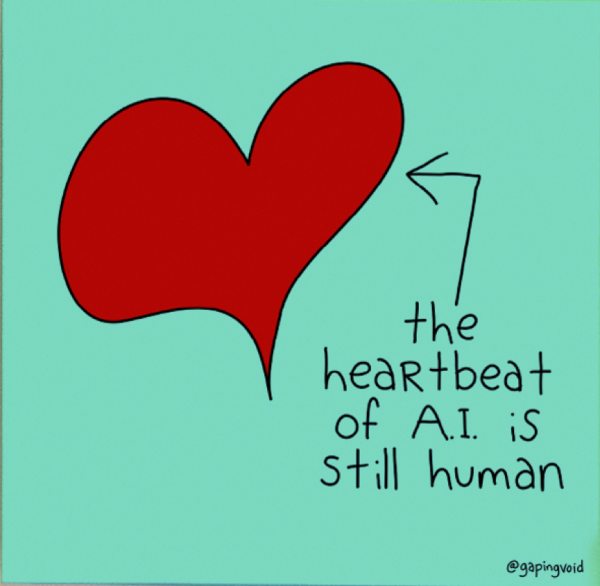Football season is officially underway! In honor of that, here's a look at each position's composite "player" (as of 2019).
As you might expect, different sports have different ratios of ethnicities. For example, you might expect more Pacific Islanders in Rugby or Asians in Badminton.
The same is true for various positions on a football team. Offensive linemen are more likely to be white – while running backs are more likely to be black.
Here is a visualization that shows what happens when you average the top players' faces in various positions.

Composites are interesting.
While you may be thinking "this player must be unstoppable" … statistically, he's average.
The "composite" NFL player would be the 848th best player in the league. He's not a starter, and he plays on an average team. You probably don't know his name if you don't root for his team.
We found the same thing with our trading bots. The ones that made it through most filters weren't star performers. They were the average bots that did enough not to fail (but failed to make the list as top performers in any of the categories). Meaning, the survivors were generalists – not specialists.
In an ideal world, with no roster limits, you'd want the perfect lineup for each granular situation. You'd want to evaluate players on how they perform under pressure, on different downs, against other players, and with different schemes.
That's what technology lets you do with algorithms. You can have a library of systems that communicate with each other … and you don't even have to pay their salary (but you will need data scientists, researchers, machines, data, alternative data, electricity, disaster recovery, and a testing platform).
You won't find exceptional specialists if your focus is on generalized safety. Generalists are great, but you also have to be able to respond to specific conditions.
Onwards.

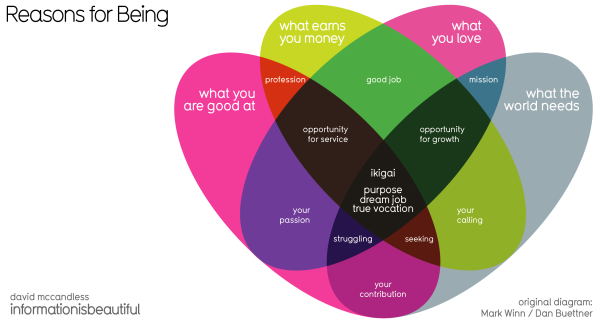

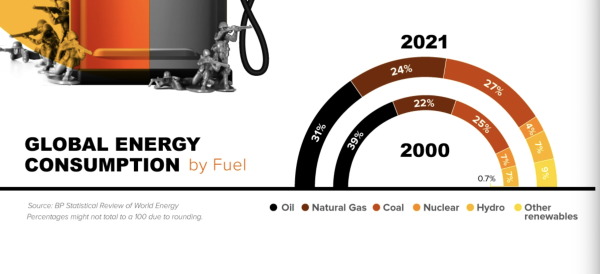 View the full infographic at
View the full infographic at 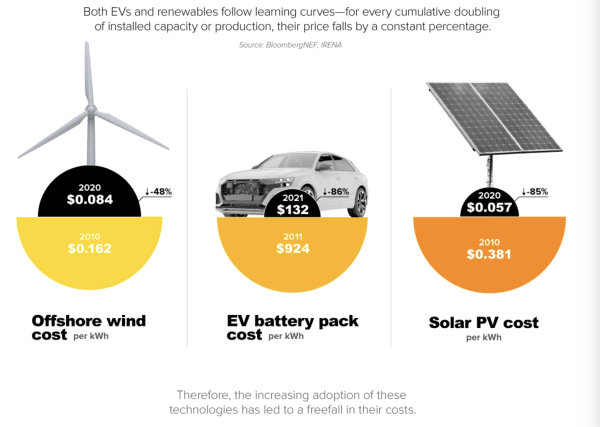 View the full infographic at
View the full infographic at 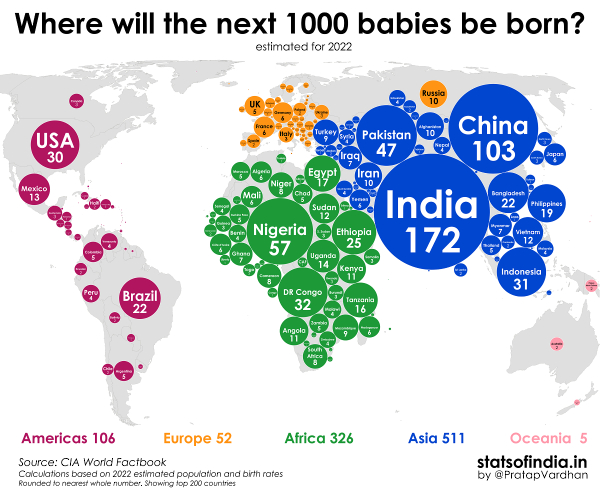
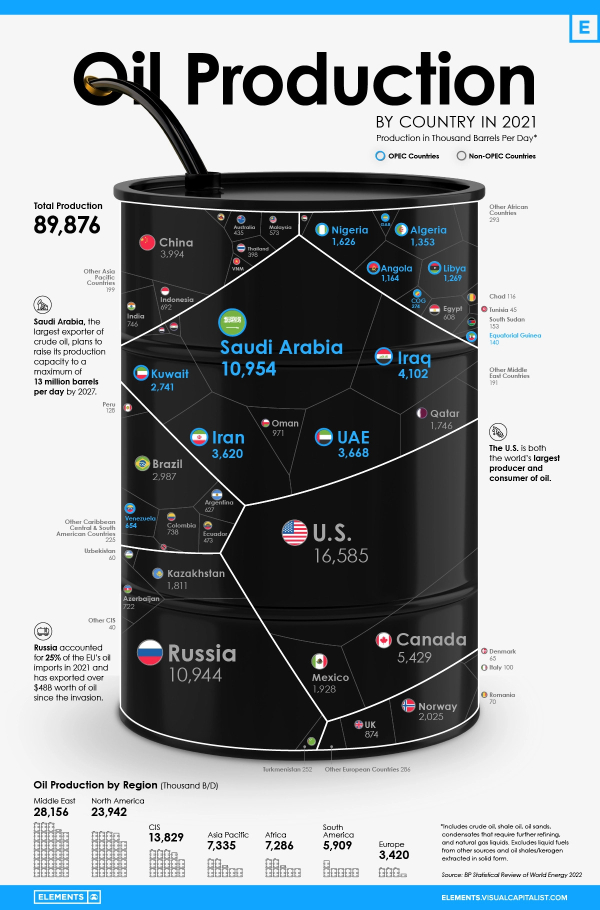 via
via 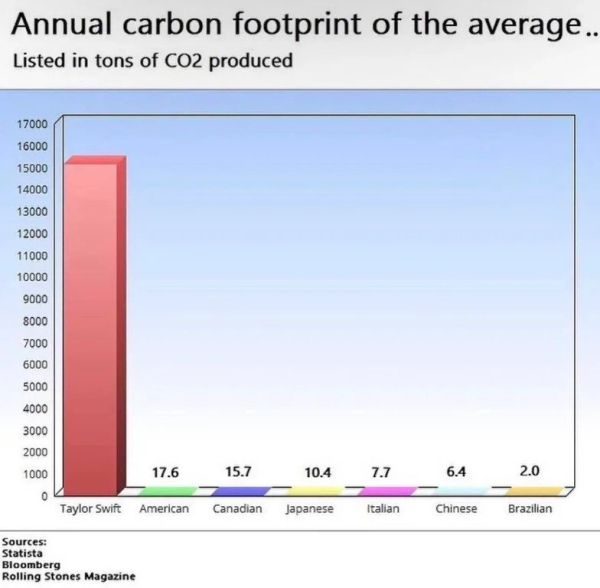 via
via 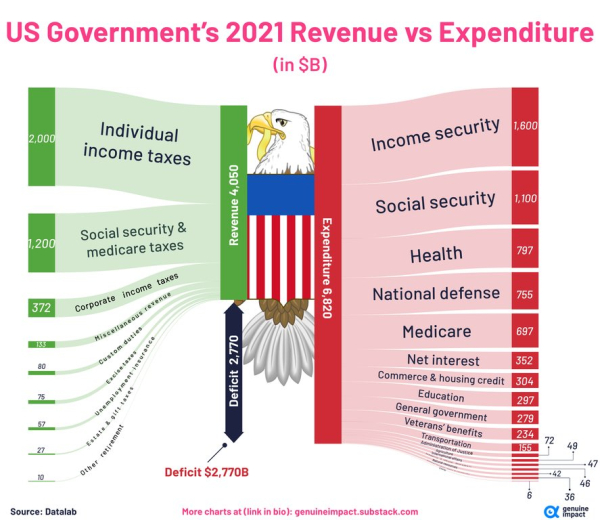
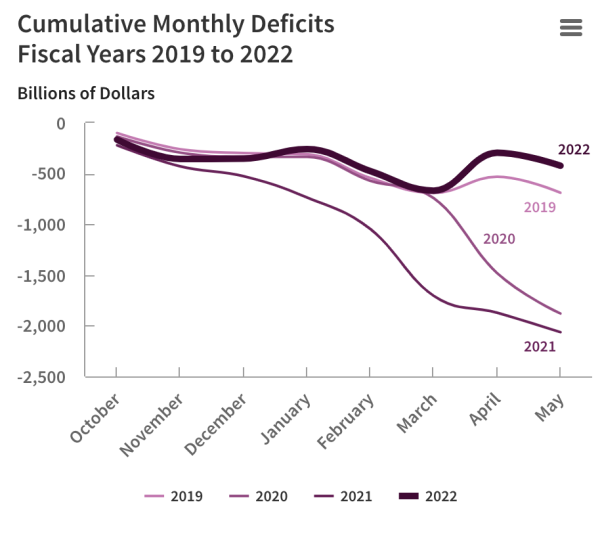 via
via 